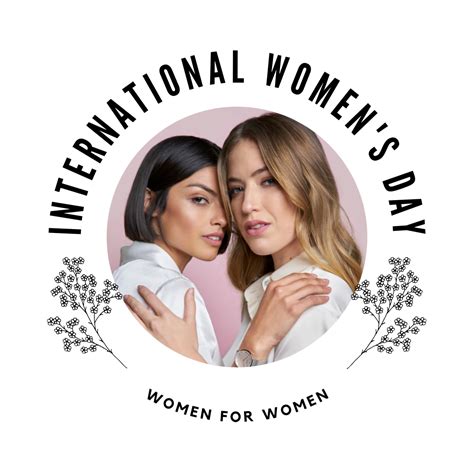Introduction
Head coverings for women have been a part of human history for centuries, worn for reasons ranging from religious observance to cultural traditions. Today, these versatile garments continue to hold significance in the lives of women around the world, embodying faith, fashion, and female empowerment.

Religious Significance
In many religions, head coverings are considered a symbol of modesty and piety. In Islam, the hijab is a mandatory garment for Muslim women, covering their hair and neck. Similarly, in Sikhism, women wear a dupatta to cover their heads as a sign of respect for the Gurus. Head coverings also play a role in Christianity and Judaism, with women wearing veils or headscarves during religious ceremonies or in places of worship.
Cultural Symbolism
Beyond their religious significance, head coverings have also become deeply ingrained in certain cultures. In many Middle Eastern and South Asian countries, women wear head coverings as a sign of tradition and cultural identity. In some African cultures, head wraps are used to signify a woman’s marital status or social class.
Fashion Statement
In recent years, head coverings have emerged as a fashion statement, with designers incorporating them into runway collections and celebrities embracing them as stylish accessories. From chic turbans to colorful headscarves, head coverings offer a unique and expressive way to complement any outfit.
Empowerment and Identity
For many women, head coverings are also a symbol of empowerment and self-expression. By choosing to wear a head covering, women assert their cultural heritage, their religious beliefs, or their personal style. In a world where gender roles are constantly being redefined, head coverings have become an important tool for women to shape their own identities.
Global Statistics
According to a study by the Pew Research Center, approximately 29% of the world’s female population wears a head covering. The highest prevalence is found in countries with large Muslim populations, such as Pakistan (96%) and Afghanistan (99%). In Europe, countries like Turkey (69%) and Kosovo (90%) have significant numbers of women who wear head coverings.
Table 1: Prevalence of Head Coverings by Religion
| Religion | Percentage of Women Wearing Head Coverings |
|---|---|
| Islam | 71% |
| Sikhism | 100% |
| Christianity | 20% |
| Judaism | 15% |
Table 2: Prevalence of Head Coverings by Region
| Region | Percentage of Women Wearing Head Coverings |
|---|---|
| Middle East and North Africa | 85% |
| South Asia | 55% |
| Sub-Saharan Africa | 25% |
| Europe | 10% |
Table 3: Types of Head Coverings
| Type | Description |
|---|---|
| Hijab | A headscarf that covers the hair and neck |
| Dupatta | A long scarf worn over the head and shoulders |
| Turban | A piece of fabric wrapped around the head |
| Headscarf | A square or rectangular piece of fabric tied around the head |
| Veil | A piece of fabric that covers the face and head |
Table 4: Cultural Significance of Head Coverings
| Culture | Head Covering | Significance |
|---|---|---|
| Arab | Hijab | Modesty, cultural identity |
| Sikh | Dupatta | Respect for the Gurus |
| African | Head wrap | Marital status, social class |
| European | Headscarf | Fashion, style |
Strategies for Wearing Head Coverings with Style
- Accessorize: Add a touch of personality with colorful accessories such as brooches, pins, or earrings.
- Experiment with Fabrics: Explore different fabrics like silk, cotton, or chiffon to find the one that best suits your outfit and comfort level.
- Consider the Occasion: Choose a head covering that is appropriate for the event or environment.
- Be Confident: Wear your head covering with confidence, knowing that it is a symbol of your identity and faith.
FAQs
-
Why do some women choose to wear head coverings?
– For religious reasons, cultural traditions, fashion, or personal empowerment. -
What are the different types of head coverings?
– Hijab, dupatta, turban, headscarf, veil -
Is it offensive to ask a woman why she is wearing a head covering?
– No, but it is important to be respectful and avoid intrusive questions. -
How can I wear a head covering stylishly?
– Accessorize, experiment with fabrics, consider the occasion, and be confident. -
What are the benefits of wearing a head covering?
– Modesty, cultural expression, identity formation, fashion statement -
What are the challenges associated with wearing a head covering?
– Discrimination, stereotyping, potential heat discomfort -
How can I support women who wear head coverings?
– Be respectful, ask questions with sensitivity, create inclusive spaces -
What is the future of head coverings in society?
– Expected to continue to evolve as cultural and fashion trends change
Conclusion
Head coverings for women are a multifaceted symbol that embodies religious faith, cultural tradition, fashion, and female empowerment. From the streets of Tehran to the runways of Paris, head coverings have become a powerful statement of identity, expression, and solidarity. As women around the world continue to embrace their unique perspectives and defy societal norms, it is clear that head coverings will remain an important and celebrated part of human history.
